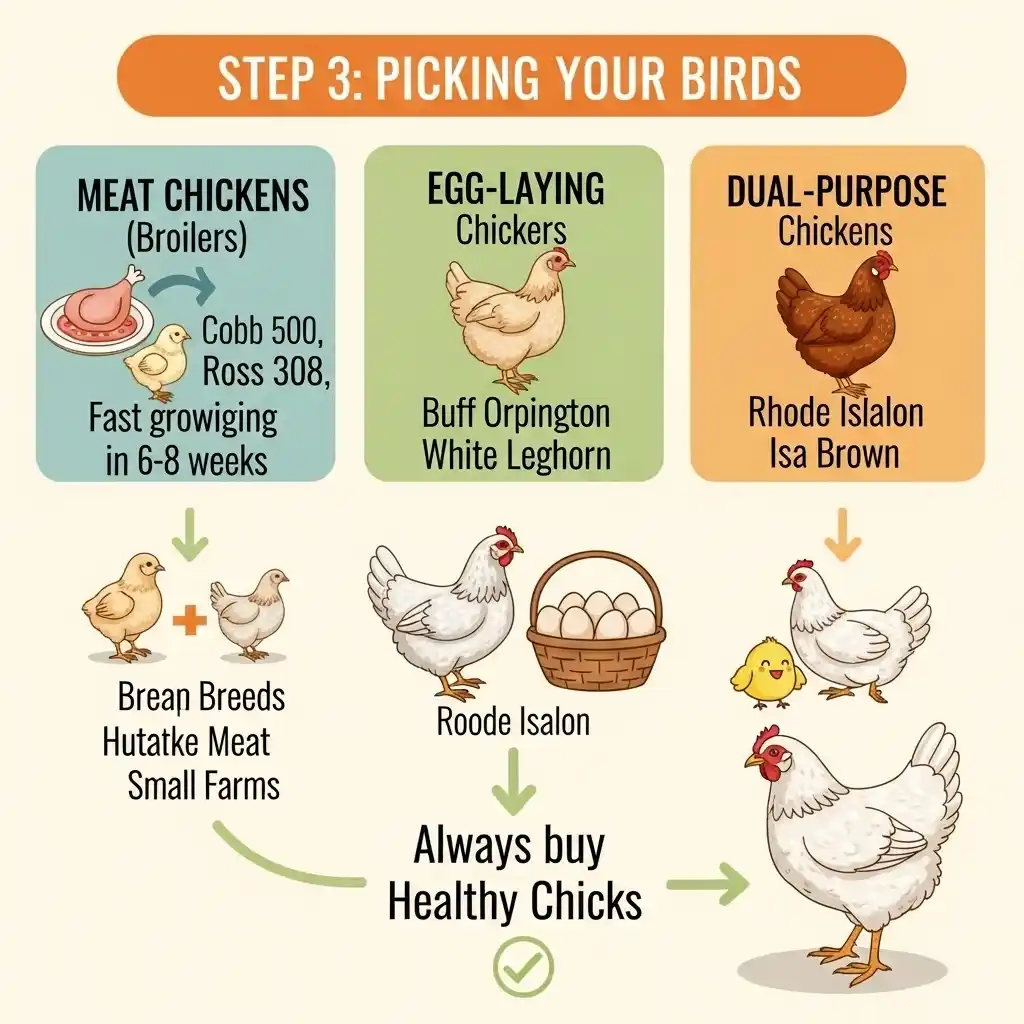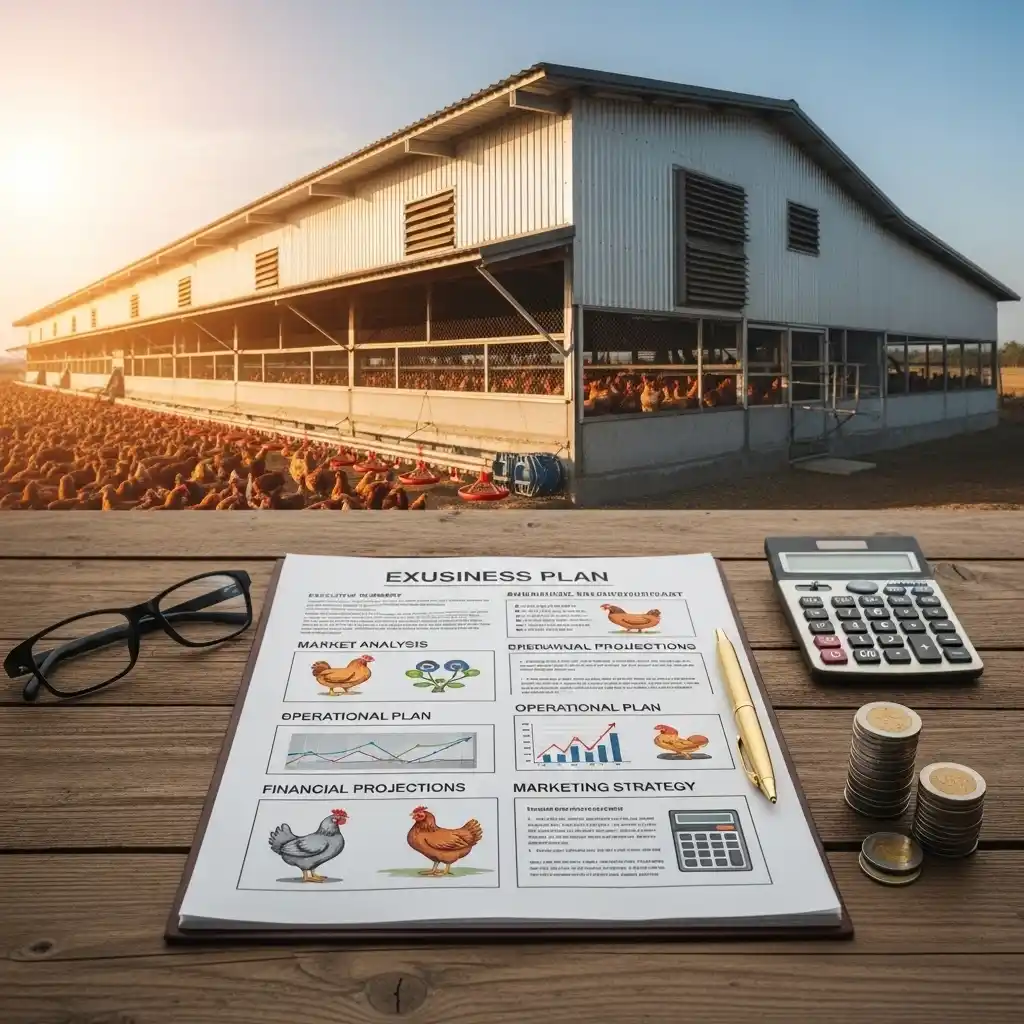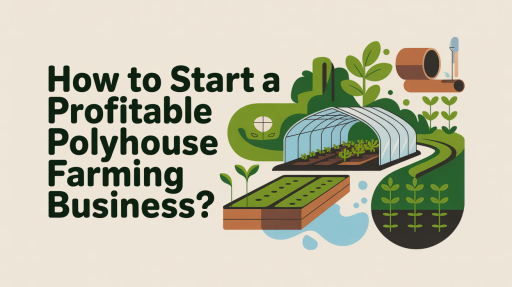Currently, poultry farming is one of the oldest (Benjamin, 2010) and is the most permanent form of agricultural business in the world. A poultry farm is capable of producing benefits with a proper and adequate plan, whether it is picking up the chickens for the field meat, eggs or both. It is beneficial for the commercial enterprise as well as the community, providing food and employment for them throughout the year.
Achieving such goals, of course, will not be overnight. In the case of poultry farming, one will need to do adequate research and carefully analyze the market, as well as show great commitment and willpower. This manuscript exposes the most relevant materials associated with the construction of such a farm, especially focusing on the marketing and distribution of farm-acquired products.
What is poultry farm business
This involves breeding and enhancing some species of domestic or foreign or foreign birds. It also includes that the primary sense of the word is a more definite relevant change.
All types of husbands, the easiest, and thus the most popular with the general public, also the most shallow in care levels that require. This is also the easiest case with chickens, as they are the simplest. A total bird farm (excessive) can be simple for two main subdivisions.
Chicken farm: In particular, to back a chicken for broiler purposes, she can get a marketing weighing within a window of six to eight weeks. In such circumstances, the broiler occurs more in predominance than layers. However, this is only for the case of long chickens.
Layer agriculture: The activity of following chickens for the purpose of selling eggs is referred to as layer agriculture. At this stage, chickens are considered the most useless. In addition, everything has to be done because chickens reach the mark of eighteen to twenty weeks. If these chickens are well taken care of, they will lay eggs for a period of one year.
To increase the profit, some of these farmers employ a combination of layer and the brailer type.
Read Our Book: Click Here
Why poultry farming business is beneficial
The poultry farming business is strategic and versatile.
Main product: Processed chickens and eggs have become staples of diet and consumption. They can help meet the demand that is growing in the global market at any time.
Through investment: Broiler will take full maturity to six months. Late Hens will start producing eggs over a period of about one and a half to two months after about one and a half to two months of maturity.
Flexibility: Extending large ponds is especially your risk and only after you convert your primary investments into profits.
Step 1: Decide on the details of your bird farm
Bird farms require strategic thinking. Within your avian enterprise, you need to prepare more strategic as well as operational plans. As an initial point, some protocols should be applied correctly.
What will be your specialization?
How do you profile your market? For a famil there is ‘supermarket’ option. ‘Restaurants’ is another obvious option but what about getting to bakeries and delicatessens which sell to bakeries and then indirectly to the masses?
Consider the case of a hotel guest. There is one at The Diamondbird asking the staff for Pot-Roast and at the same time asking for which is a nearby source for a Fish Dinner. The question that comes to mind is “are you not selling or capturing the family market”?
This is a type of product for poultry farmers which also goes with the quantity. To begin with, products derives represent the knowledge of what you raise, how products are and also what can be done with the products.
What is your address?
Your address choice is very important to the construction of a sustainable life for your animals.
Search for insulated buildings with:
Good quality borewell to feed the animals and to water them with bacteria free water in the range of hundreds. Thermal and light to have the center of livestock development. Well-constructed road infrastructure to facilitate the movement of feed, equipment and the finished products for optimum logistics.
Should you plan on operating in proximity to the residents, you should file a notification with the residents residing there. This, of course, would be for consideration in regard to your unique context.
Read More: Top 10 Profitable Poultry Business Ideas For Rural Startups and MSMEs
What size do you envision your farm to be?
Issue with scale will be mostly caused by the finances you will earn, what people request, and the astuteness of your marketing. There can be subsistence farms with 50 to 200 birds as well as commercial farms with thousands of birds.
Let me point out that the small farm, in many important ways, is managed with the same degree of precision as a large scale farm. There is a complete record of the management of the raw materials which is truly farm hygiene. In all these aspects, once achieved, hygiene can profit the farm in a considerable high noise, when the is running.
Step 2: Configuring your bird operation
A well-designed farm can keep your birds free of sickness and in productive shape. This is what you are going to need:
Poultry
The bird need a safe and comfortable living environment where it can avoid the bad weather, predators and disease. There are two main forms of accommodation:
Deep litter: the birds urinate on litter—such as wood—(e.g., straw and sawdust) which manure soaks up. This model works for chickens and layers.
Battery Cage System: This is popular for the layer chickens where chickens are kept in cages in order to maximize space and for egg collection.
Good ventilation, light and temperature control are provided to ensure that. Growth and development require broilers to have a higher temperature while laying hens for maximum egg production demands a lower temperature.
Food and watering equipment
Birds are like any animal—they need nourishment in order to grow well and produce eggs. To feed:
Starter feed: High-protein feed for chicks (0 to 6 weeks).
Grower Feed: Chickens being raised for slaughter (6-12 weeks).
Layer: Support strong egg shells in chickens 18 weeks of age and older.
Fresh water should be always available for birds to drink. Waiting or automatic feeders can save time and reduce risk of contamination.
Health Management
Prevention is key to disease. Follow:
- Regular vaccine scheduling.
- Biosecurity procedures to contain diseases.
- Disease control when washing and disinfecting the buildings, equipment, etc.
- With a veterinarian, maintain the health of the group and respond quickly to outbreaks.

Step 3: Picking Your Birds
Selecting the right breed of bird is an important decision. It will impact how much money you can make.
- If you want to raise broilers (meat chickens), look for breeds such as Cobb 500, Ross 308, or Hubbard. These birds grow quickly. They are ready to eat in six to eight weeks.
- For eggs, pick breeds like Buff Orpington, Ancona, White Leghorn, Rhode Island Red or Isa Brown. These hens lay a lot of eggs.
- Can’t make up your mind? Then choose dual-purpose breeds. These chickens can give eggs as well as meat and are thus well-suited for small farms.
Buy only healthy chicks. Sick birds can be a source of disease for all others.
Step 4: Running the Show
Now you need to manage your birds and your farm daily. Keep it simple.
- Write down how much you spend and how much you get in: feed, number of eggs, any birds that die and what you sell.
- If you don’t understand about chickens, seek help or learn from online videos.
- Clean up after your birds. Don’t let manure pile up. You can turn chicken manure into organic fertilizer and earn extra money by selling it.
Step 5: Sell, Sell, Sell!
Selling your products is important. Eggs and meat don’t sell themselves.
- Sell locally to neighbors, local stores, or at farmers’ markets.
- You can also offer your products for sale to restaurants, hotels, and supermarkets.
- Further, to fetch more money, pack your eggs and meat in neat boxes. You can sell ready-to-cook or had best be more direct.
- Use social media and local ads to find customers. And friends with them, so they come back.
Step 6: Don’t Occupy That Budget
Get your finances in order at all times.
- At first you will have to spend money for housing, equipment, healthy chicks, feed and vaccines. Later you will pay for workers, electricity, more feed, medicine, repairs.
- How much you earn will depend on your type of birds, the price of eggs or meat and how many are produced.
- Decide when your farm will pay back all you invested in it. Take it easy and build gradually. Start small and use profits to grow bigger later. This way you won’t lose everything at once.
Read More: Chicken Farming Business Plan in India
Between your land and that growth
When your farm is established: Strategies for expanding:
- Increase herd existing gradually and ensure healthful genetics and hygiene.
- Include options that have been added in other outlets, such as processed chicken, eggs in the market, eggs in the market or organic groceries.
- Reduce the work by automating the egg, food, water collection.
- Consider niche markets like specialty bird such as free range, organic or specialty birds.
Through methods to the madness, blessed chances and right poses, your bird farm can be fruitful enterprise.
Find the Best Idea for Yourself With our Startup Selector Tool
Conclusion
Poultry farming is a lucrative provider of food among local people. With very intelligent planning you can create your farm as a great success or failure. If you do well, choose the right birds, are always healthy and fresh and market effectively, then you can enjoy a splendid decade-or more-earning a good hourly wage just as I did.
Starting off small, switching finally into adaptation and growth: there shouldbe no great danger of loss and possiblity profit.
For tomorrow, as long as you are willing to sell the eggs and meat, the maintenance of a bird farm could be a good provider.
With determination, hard work and attention to the smallest detail, your bird farming idea might progress from its inception on the porch of my house into a successful entreprise.
Frequently asked questions
Q1: As a new chicken keeper, how many birds should I order?
If you are starting new, start small – 50 – 200 birds are manageable. Know when to scale (after you have experience and a market that actually buys).
Q2: Which is when can we market broilers?
Broilers are usually killed in the farm when they are at a young age; 6–8 weeks and much more tender and succulent then when they have reached the normal adult age for the fowl (teeth and beak).
Q3: How many eggs are layed by a chicken layer?
Under ideal conditions, most high production races produce 250–300 eggs a year.
Q4: What are the diseases that affect our birds?
Common are Newcastle disease, avian influenza but also coccidiosis. Vaccination and hygiene are essential for prevention.
Q5: Can bird excreta be a veterinary and general kind such as the bird dung fertiliser?
Yes! Chicken shit is rich in nutrients and it´s an excellent organic manure. It is also sold by some farmers to earn more income.







